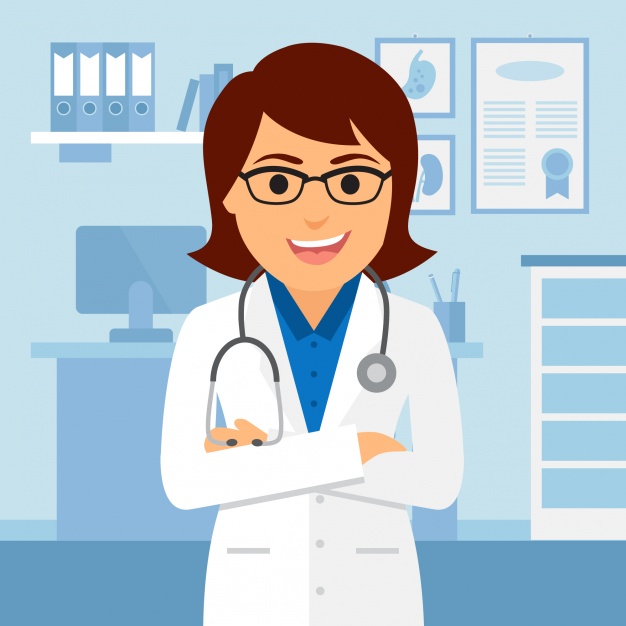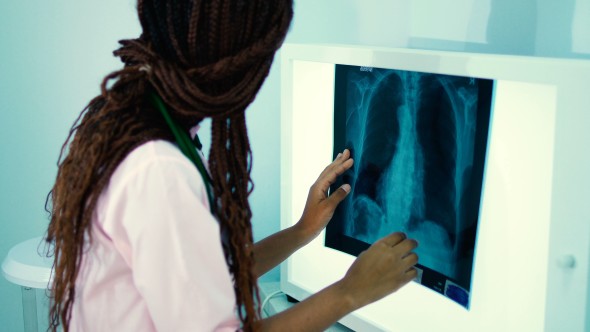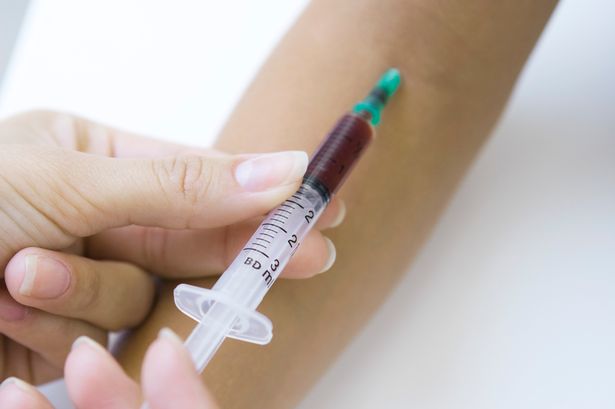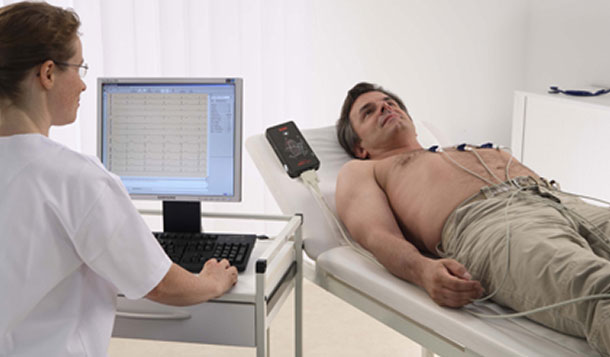After the clinical examination, a health group is assigned to each of the patients. This allows the doctor to determine the frequency and extent of further monitoring of a person in order to maintain his health.
What is a medical examination?
It is a complex of medical measures for the prevention and detection of a wide variety of diseases. Thanks to the follow-up, the doctor has the opportunity to begin to fight pathology at the earliest stages of its formation, which greatly speeds up and facilitates the patient’s recovery process.

This complex includes not only medical and diagnostic, but also preventive measures, the main of which are the following:
- Sanitary and educational work.
- Formation of a commitment to a rational lifestyle in patients.
- Determination of the health group based on the results of the clinical examination in order to assign the necessary frequency of further observations.
Thanks to this complex of measures, patients are significantly more likely to identify pathologies in the early stages of its development.
About health groups
Dispensary observation implies not only the identification of pathology, but also the differentiation of patients into different categories. Currently, after carrying out all the necessary complex of diagnostic measures and examination by the therapist, the patient is assigned one of the following 3 health groups.
- Absolutely healthy individuals who do not have bad habits.
- Persons at risk of developing chronic pathology. This group also includes patients with bad habits.
- People suffering from chronic pathology.
Depending on which health group for the medical examination of the adult population was exposed, the frequency and volume of preventive diagnostic studies are prescribed. They are carried out with the aim of monitoring human health.

1st health group
Dispensary observation involves a sufficiently large number of diagnostic measures. After they end, many patients reveal chronic diseases or factors that may contribute to their occurrence. In this regard, the 1st group of health in some areas is the smallest. This is especially true for rural medical outpatient clinics, since more elderly people live in the territories assigned to them than in urban areas.
Patients from this health group should be examined at least once every 3 years. They do not need additional observation.
2nd health group
According to the results of the clinical examination, this category includes people who have increased risks of developing certain diseases, as well as bad habits. Currently, it is this health group that is most often exposed to patients of young and middle age.
Dispensary observation of persons from this category can be carried out more often than 1 time in 3 years. The necessary frequency in each case is determined by the doctor.

3rd health group
Clinical examination of the population is designed to ensure the detection of various chronic diseases in the early stages. It is in this group that people fall into who, according to the results of the examination, revealed one or another pathology.
This category of persons is the main field of activity for the general practitioner and nurse.This is due to the fact that such patients already have a chronic pathology that needs treatment, as well as conducting diagnostic tests to prevent the progression of the disease.
Most often, people of the 3rd group of the state of health should undergo medical examination or visit a therapist or other specialist (depending on the pathology) 1-2 times a year. In addition, such patients need to undergo an additional examination to monitor the status of certain organs and systems.

Nurse job
The average staff performs a huge part of the work on the implementation of dispensary observation. It is the nurse who calls patients for periodic examinations and issues referrals for diagnostic tests. If a person has forgotten to visit a health care institution to undergo a medical examination, then she will remind him of a phone call or a written notice.
What do you need to go through?
Regardless of the health group, the clinical examination involves the following diagnostic tests:
- general blood analysis;
- electrocardiography;
- biochemical blood test (determination of cholesterol);
- determination of blood glucose;
- general urine analysis;
- fluorography.
Each patient also has a blood pressure measurement. More often this is carried out in the office of the pre-medical reception. Here, the patient undergoes a physical examination (measuring height, weight and determining body mass index).

In addition, from the age of 40, the patient is recommended to undergo an examination by an ophthalmologist to measure intraocular pressure. At the same age, a person is given a direction to perform an ultrasound examination of the abdominal organs. Women also need to undergo a mammogram and a gynecologist. As part of this examination, a smear is performed, which is then sent for a cytological examination.
At 48 years old, all patients must pass feces for occult blood. This diagnostic study aims to identify cancer of the gastrointestinal tract at the earliest stages of their development.
In addition to these studies common to all, patients with the 2nd and 3rd health groups should undergo additional diagnostic measures that allow monitoring the course of their diseases.
